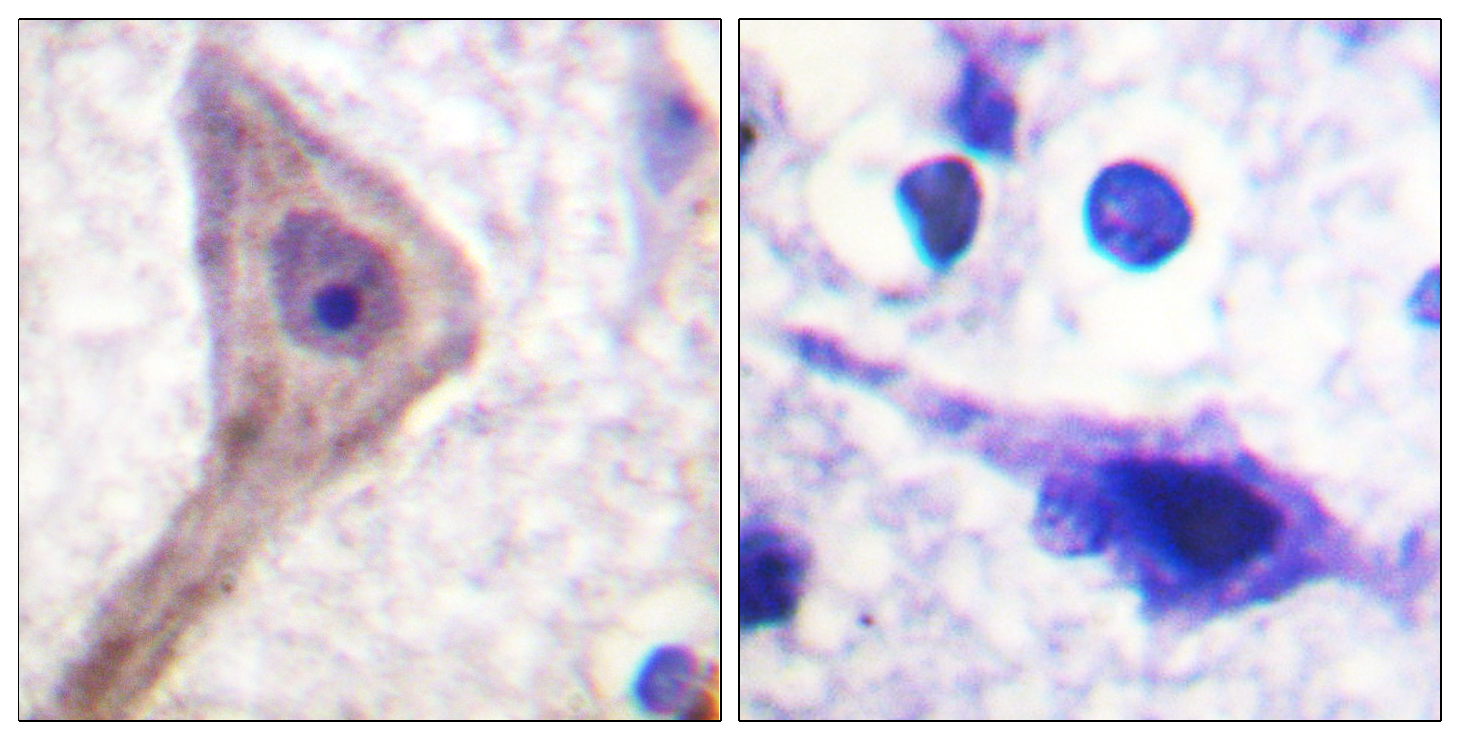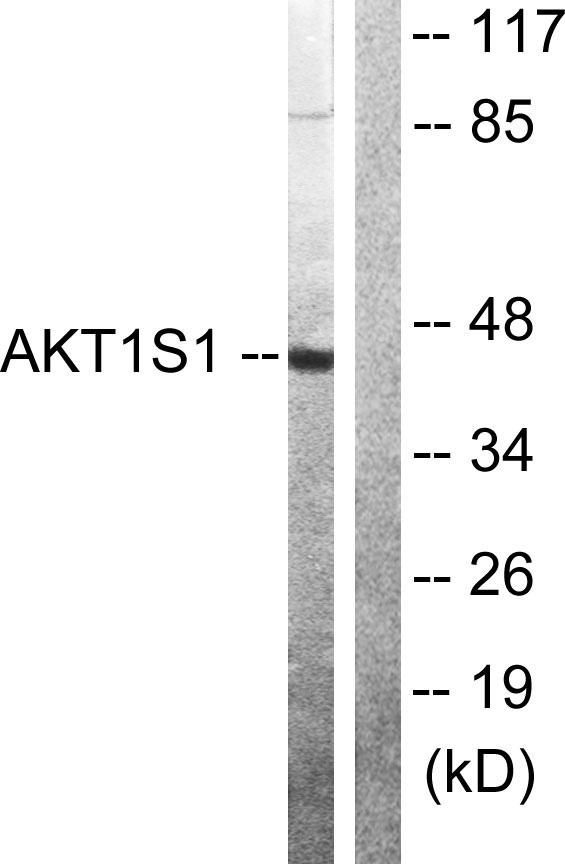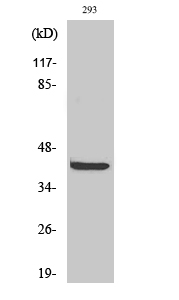产品名称
PRAS40 Rabbit Polyclonal Antibody
别名
AKT1S1; PRAS40; Proline-rich AKT1 substrate 1; 40 kDa proline-rich AKT substrate
蛋白名称
Proline-rich AKT1 substrate 1
存储缓冲液
Liquid in PBS containing 50% glycerol, 0.5% BSA and 0.02% New type preservative N.
Human Gene Link
http://www.ncbi.nlm.nih.gov/sites/entrez?db=gene&term=84335
Human Swissprot No.
Q96B36
Human Swissprot Link
http://www.uniprot.org/uniprotkb/Q96B36/entry
Mouse Gene Link
http://www.ncbi.nlm.nih.gov/sites/entrez?db=gene&term=67605
Mouse Swissprot No.
Q9D1F4
Mouse Swissprot Link
http://www.uniprot.org/uniprot/Q9D1F4
免疫原
The antiserum was produced against synthesized peptide derived from human Akt1 S1. AA range:207-256
特异性
PRAS40 Polyclonal Antibody detects endogenous levels of PRAS40 protein.
稀释度
WB 1:500 - 1:2000. IHC 1:100 - 1:300. ELISA: 1:5000.. IF 1:50-200
宿主
Polyclonal, Rabbit,IgG
背景介绍
AKT1S1 is a proline-rich substrate of AKT (MIM 164730) that binds 14-3-3 protein (see YWHAH, MIM 113508) when phosphorylated (Kovacina et al., 2003 [PubMed 12524439]).[supplied by OMIM, Mar 2008],
组织表达
Widely expressed with highest levels of expression in liver and heart. Expressed at higher levels in cancer cell lines (e.g. A-549 and HeLa) than in normal cell lines (e.g. HEK293).
细胞定位
Cytoplasm, cytosol . Found in the cytosolic fraction of the brain. .
功能
function:May play an important role in phosphatidylinositol 3-kinase (PI3K)-AKT1 survival signaling. Substrate for AKT1 phosphorylation, but can also be activated by AKT1-independent mechanisms. Its role in survival signaling pathways may be modulated by oxidative stress. May also play a role in nerve growth factor-mediated neuroprotection.,subcellular location:Found in the cytosolic fraction of the brain.,subunit:The phosphorylated form interacts with 14-3-3.,tissue specificity:Widely expressed with highest levels of expression in liver and heart. Expressed at higher levels in cancer cell lines (e.g. A549 and HeLa) than in normal cell lines (e.g. HEK293).,
纯化
The antibody was affinity-purified from rabbit antiserum by affinity-chromatography using epitope-specific immunogen.



